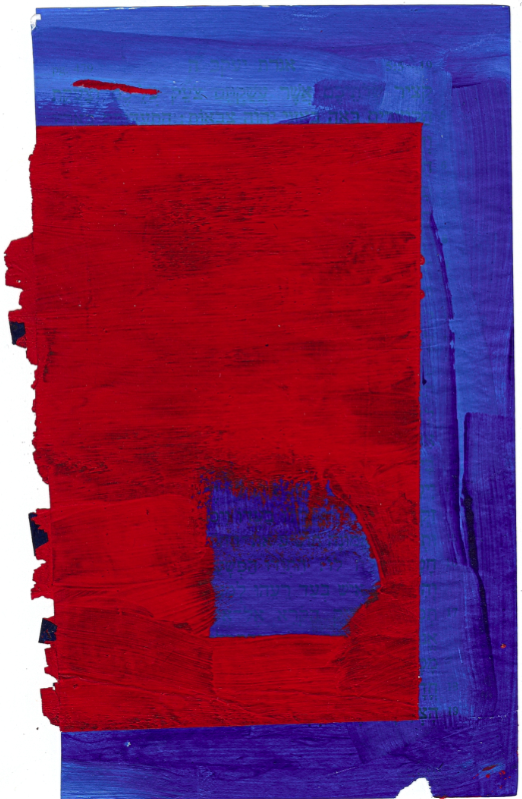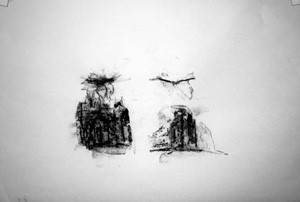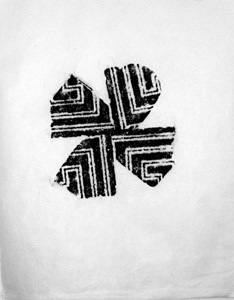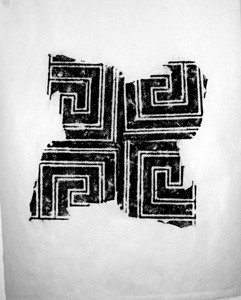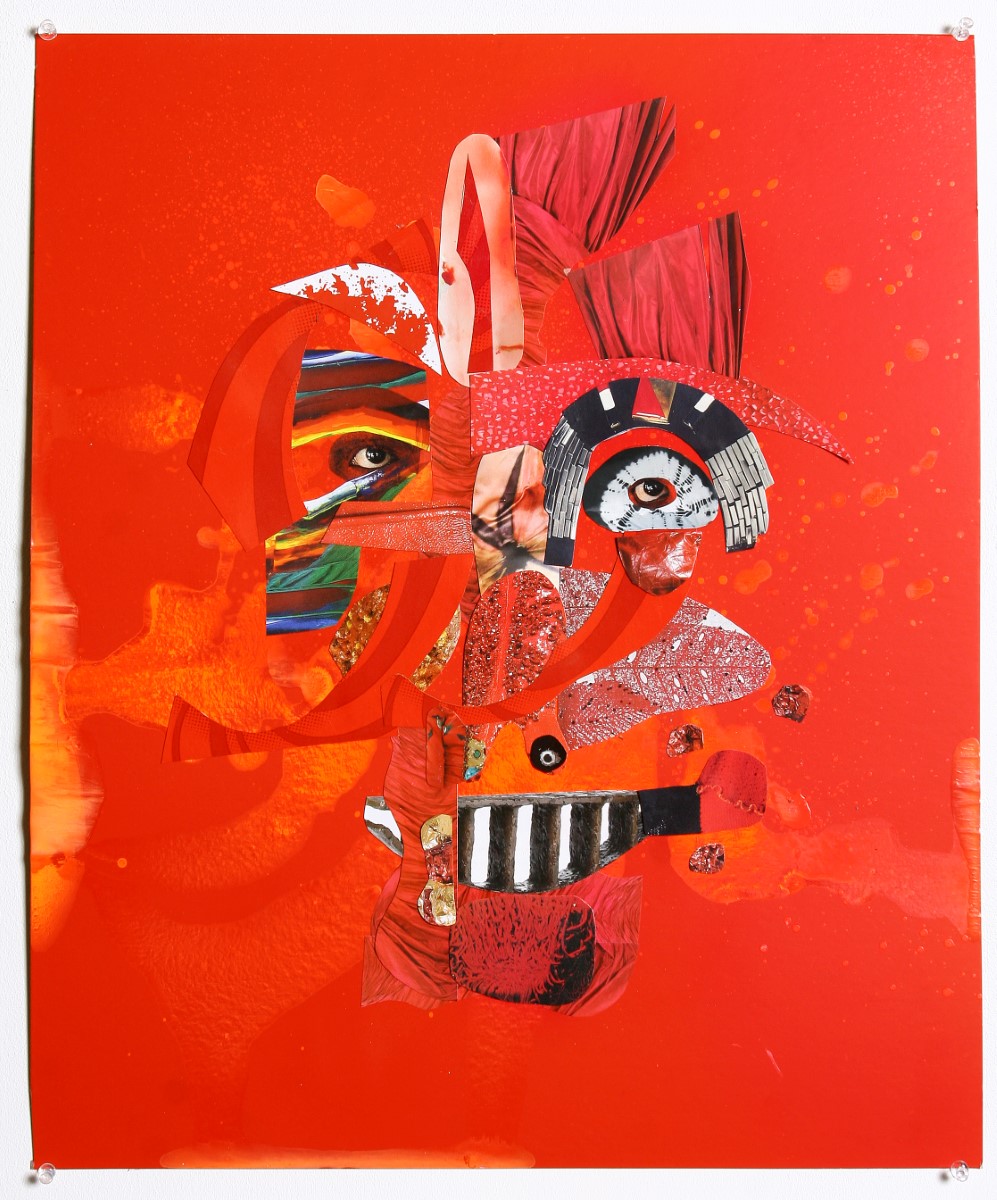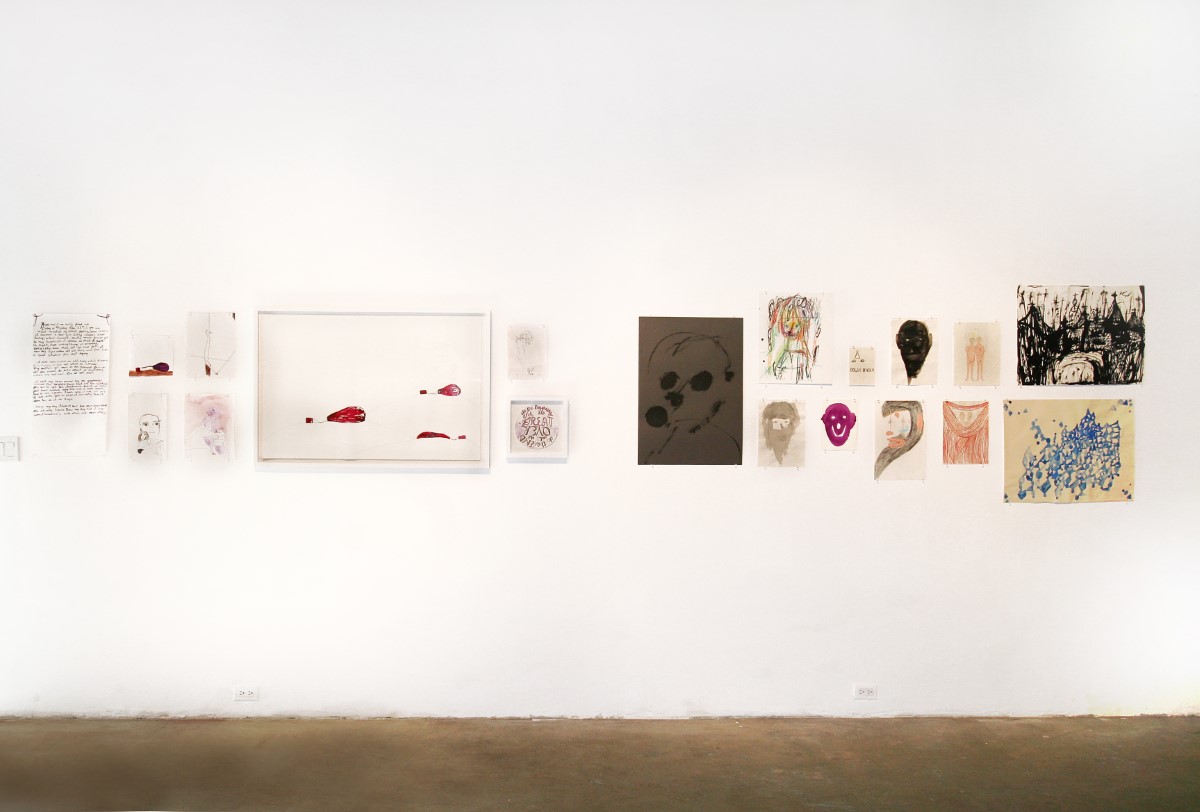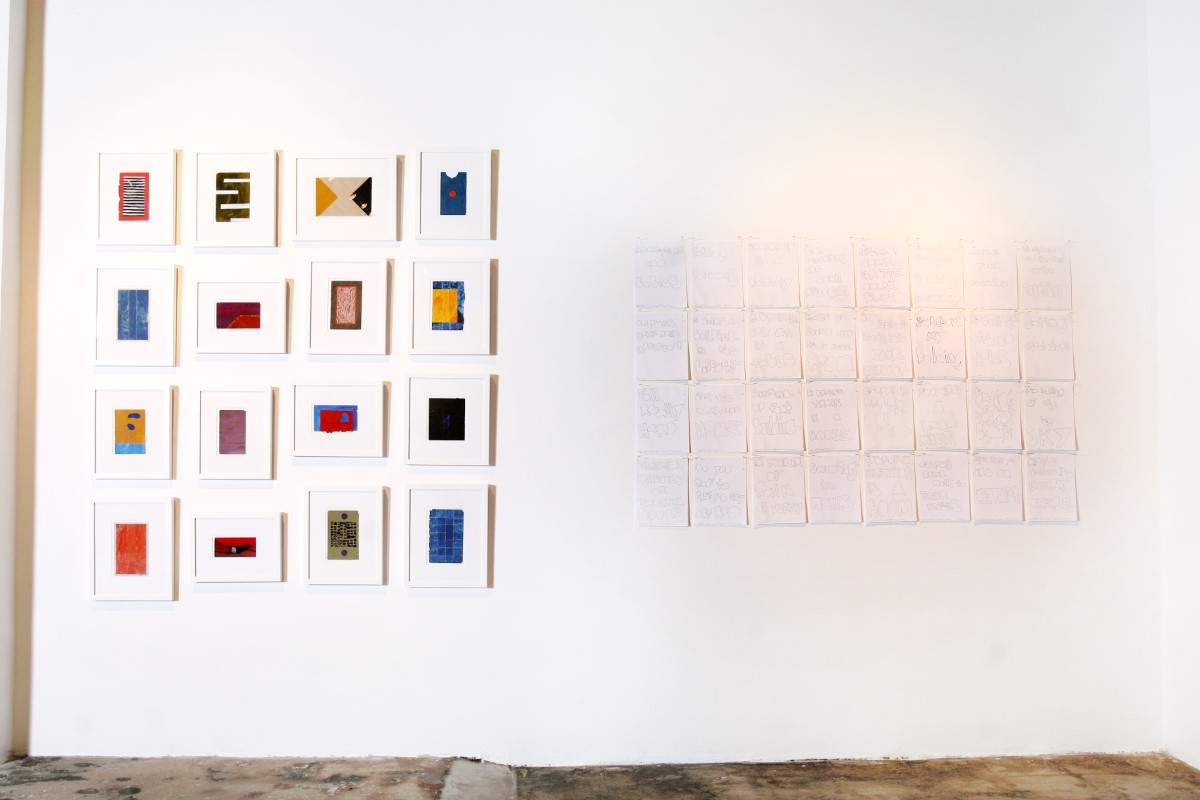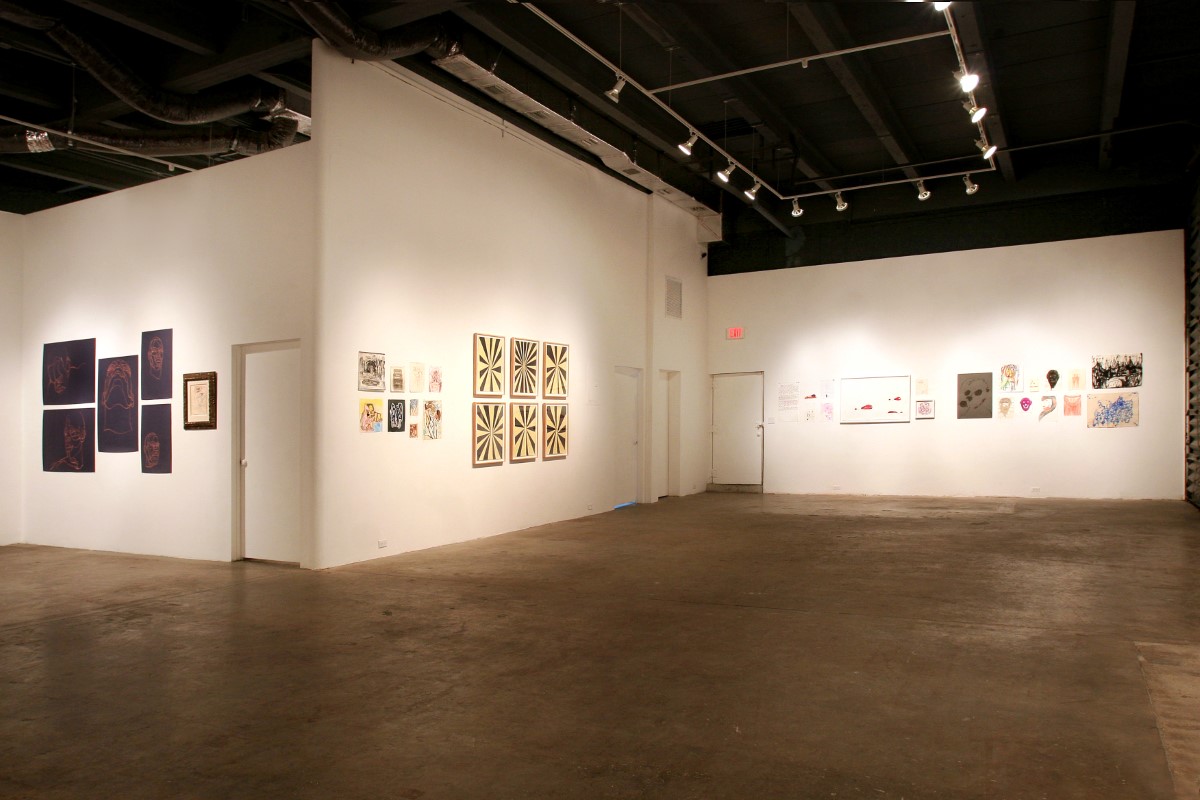The Maginot Line
Group Show
David Castillo Gallery is proud to present The Maginot Line, curated by Dennis Scholl, with works on paper by Daniel Arsham, Ben Berlow, Michael Berryhill, Willem de Kooning, Jean Dubuffet, Mark Grotjahn, Marie Lorenz, Pepe Mar, Jillian Mayer, Kirsten Nash, Kori Newkirk, William J. O’Brien and Claes Oldenburg.
The Maginot Line illustrates the variety of drawing practices artists use to explore the narrative nature of the line as the vehicle for creating shape, depth and form. For some, drawing is their primary mode of working, but for others drawing is a preparatory practice for other mediums.
The “Maginot Line” refers to an organizational grid invented by the French military during the inter-war years to protect their forts from foreign attack. While each of the buildings within the Maginot Line were diverse in size and function, their symmetrical organization transformed them into a singular protective unit.
Mimicking the symmetrical system of the “Maginot Line,” each body of work is arranged in its own compositional grid on the gallery wall. Creating a symmetrical network of drawings, the exhibition transforms the group installation into a multifaceted visual experience that can be viewed through any multitude of trajectories emanating from the line.
Ben Berlow, Mark Grotjahn and Kirsten Nash use drawing to complicate the relationship between abstraction and figuration. Berlow’s colorful compositions are explorations into an ambiguous architectonic space. Grotjahn’s black and cream butterflies evoke the artist’s interest in the “meditational” experience of both making and viewing art. By toying with a variety of vantage points and compositions, Kirsten Nash’s works become the hard-lined minimalist ghosts of an urban landscape.
In the works by Daniel Arsham, Michael Berryhill, Jillian Mayer and Claes Oldenburg, drawing shares an affinity with illustration and is used to explore important observations of the modern world. A product of his contemplative architectural studies, Arsham’s works emerge from his observations during the rehearsals of the modern dance troupes he collaborates with. Oscillating between the abstract and the representational, Berryhill’s drawings depict a surreal world populated with hidden emblems of popular culture. Jillian Mayer’s Practice Babies series is a meditation on the psychological disposition of women who react to the societal pressure of enforced gender roles, using small animals as surrogates for children, fashion or lovers. Oldenburg’s Giant Balloon in the Shape of a Screw is representative of the artist’s dramatization of mundane objects into larger-than-life monuments.
Drawing takes on lyrical and corporeal forms in the works by Willem de Kooning, Jean Dubuffet, Kori Newkirk and William J. O’Brien. Shifting back and forth between varied forms of mark-making, William J. O’Brien’s works on paper are indicative of the artist’s multidisciplinary practice. In theCripsis (wingtip) series, Newkirk uses lines drawn with chlorine to explore the infinite directional compositions of the human face. Dubuffet and de Kooning’s gestural explorations into the human psyche reflect the emotive qualities of line and form.
Marie Lorenz and Pepe Mar push the boundaries of drawing to utilize methods and materials not traditionally associated with the medium. Lorenz creates a series of highly textured and abstracted works on paper from pastel rubbings of found objects discovered during her travels. Mar draws with the cut lines of collage in his Face-Off series featuring the primitive mask heads of his signature paper collage sculptures.

















